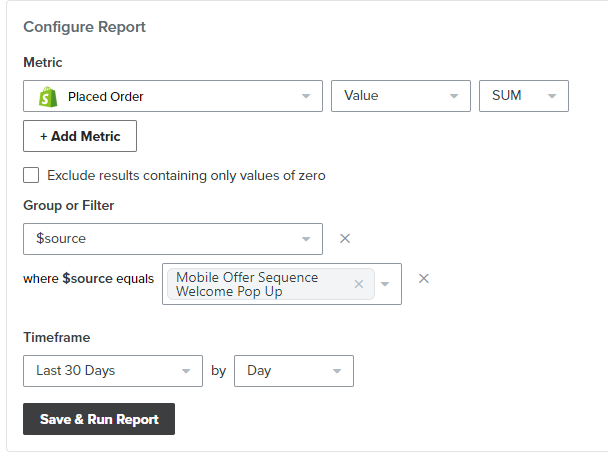Hi, I’m wondering if there’s a way for me to see the placed order value for a certain list for like the past month or 3 months, etc. Currently I only found Klaviyo article about the average 30 day order amount per order for each list, but not the total revenue.
Best answer by Dov
View original






![[Academy] Deliverability Certificate Badge](https://uploads-us-west-2.insided.com/klaviyo-en/attachment/505f2253-cde5-4365-98fd-9d894328b3e0_thumb.png)




